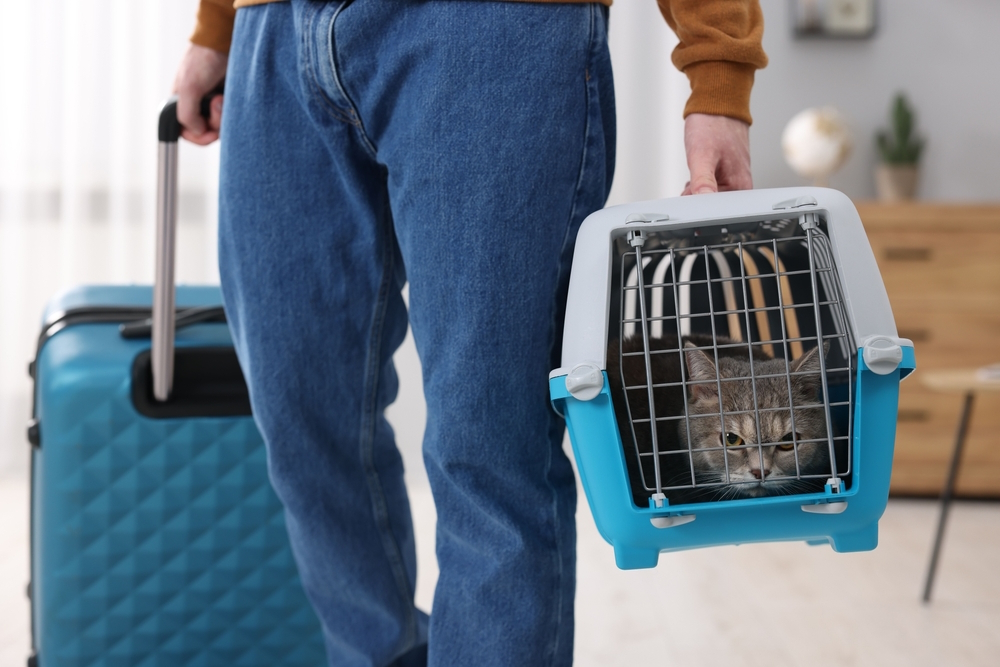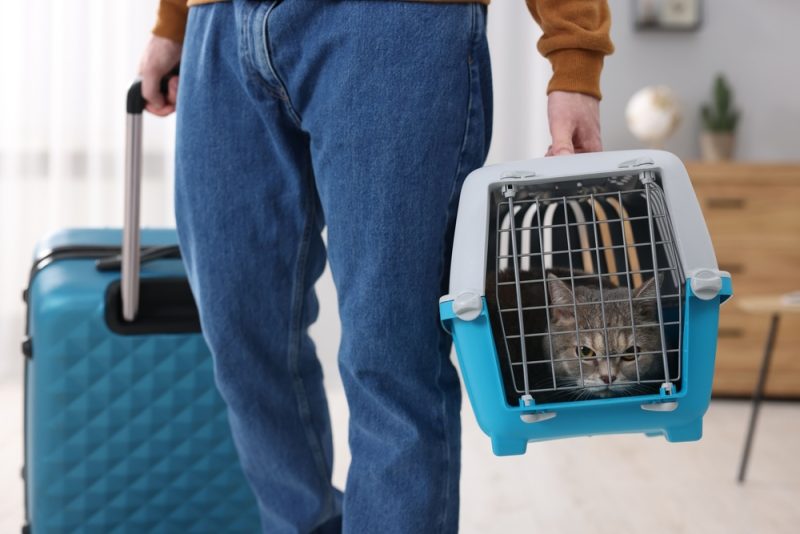If you plan to visit the numerous Charleston sites soon, you will probably spend all your extra time planning. If you want to bring your cat along, it can also complicate things as you try to find a cat friendly hotel.
We’re here to help you out! We found some pet friendly hotels in Charleston, South Carolina that explicitly allow feline companions to tag along.
Top 6 Pet-Friendly Hotels In Charleston, SC
1. The Charleston Place

| 🗺️ Address: | 📍 205 Meeting St., Charleston, SC 29401 |
| ⭐ Star Rating: | ⭐⭐⭐⭐ |
| 🕐 Open Times: | Check in 4:00 PM; Check out 12:00 PM |
| 💲 Cost: | No pet fee |
- Both cats and dogs are welcome in the hotel
- Maximum limit is two pets per stay
- Grassy area for pet relief
- Pets are not permitted in rooms unattended
- Located near shopping on King Street
2. The Barksdale House Inn

| 🗺️ Address: | 📍 27 George St., Charleston, SC 29401 |
| ⭐ Star Rating: | ⭐⭐⭐ |
| 🕐 Open Times: | Check in 3:00 PM; Check out 11:00 AM |
| 💲 Cost: | $20 pet fee per pe |
- Both cats and dogs welcome at hotel
- Well-behaved pets can be left in the room unattended
- Treats available
- Grassy area for bathroom use on property
- Located near the College of Charleston
3. Ansonborough Inn

| 🗺️ Address: | 📍 21 Hasell Dr., Charleston, SC 29401 |
| ⭐ Star Rating: | ⭐⭐⭐ |
| 🕐 Open Times: | Check in 3:00 PM; Check out 12:00 PM |
| 💲 Cost: | $40 pet fee per pet, per stay |
- Cats, dogs, and birds permitted in hotel
- 100 pound weight limit
- Must not accrue more than $120 in pet fees in one stay
- Surprise gift included for pets
- Located near the South Carolina Aquarium and Fort Sumter Ferry
4. Hampton Inn Charleston Historic District

| 🗺️ Address: | 📍 345 Meeting St., Charleston, SC 29403 |
| ⭐ Star Rating: | ⭐⭐⭐ |
| 🕐 Open Times: | Check in 4:00 PM; Check out 11:00 AM |
| 💲 Cost: | $75+ pet fee per stay |
- Both cats and dogs are welcome at hotel
- Two pet maximum
- Total pet fee depends on length of stay
- 50-pound weight limit for pets
- Located near parks and the Children’s Museum
5. La Quinta by Wyndham Charleston Riverview

| 🗺️ Address: | 📍 11 Ashley Pointe Dr., Charleston, SC 29407 |
| ⭐ Star Rating: | ⭐⭐⭐ |
| 🕐 Open Times: | Check in 3:00 PM; Check out 12:00 PM |
| 💲 Cost: | $40 pet fee per pet |
- Both cats and dogs are permitted at hotel
- No weight restrictions
- Well-behaved pets may be left in rooms unattended
- Pet relief area on property
- Waste stations available
- Located across the Ashley River from Downtown Charleson
6. Best Western Charleston Inn

| 🗺️ Address: | 📍 1540 Savannah Hwy, Charleston, SC 29407 |
| ⭐ Star Rating: | ⭐⭐ |
| 🕐 Open Times: | Check in 3:00 PM; Check out 12:00 PM |
| 💲 Cost: | $30 pet fee per night |
- Both dogs and cats welcome in hotel
- Well-behaved pets may be in rooms unattended
- Pets will receive a welcome kit upon arrival
- Two pet maximum
- Grassy area and waste station available
- 15-minute drive from Downtown Charleston
Conclusion
So now when you’re in Charleston, you’ll know just where to stay with your feline companions. Taking your cat on vacation doesn’t have to be a headache. It can be an enriching experience for you both. Make sure to call the hotel ahead of time to secure rates and ensure you understand all of the rules and associated fees.
See Also:
Featured Image Credit: New Africa, Shutterstock










